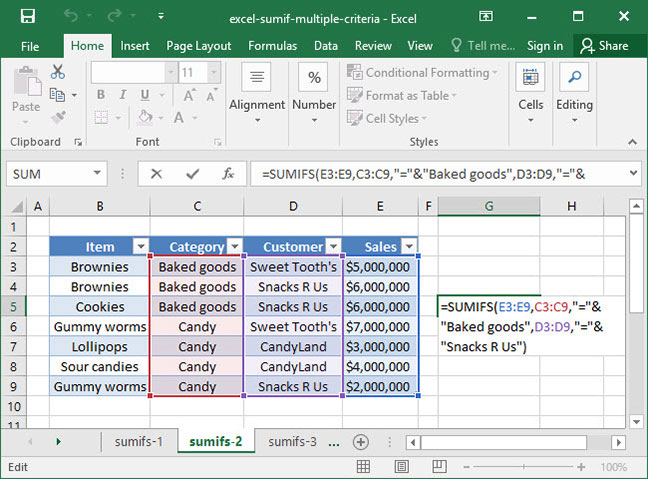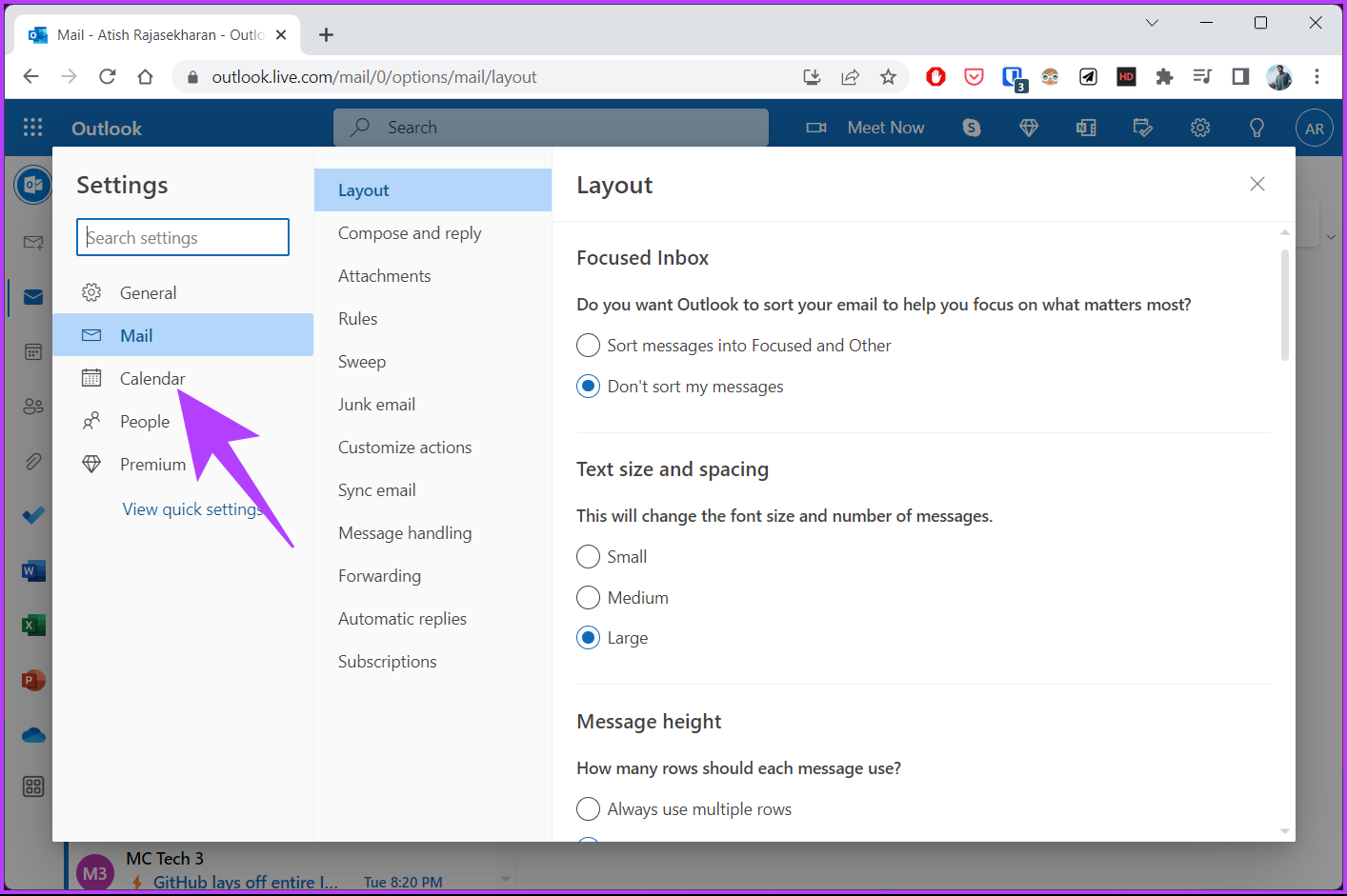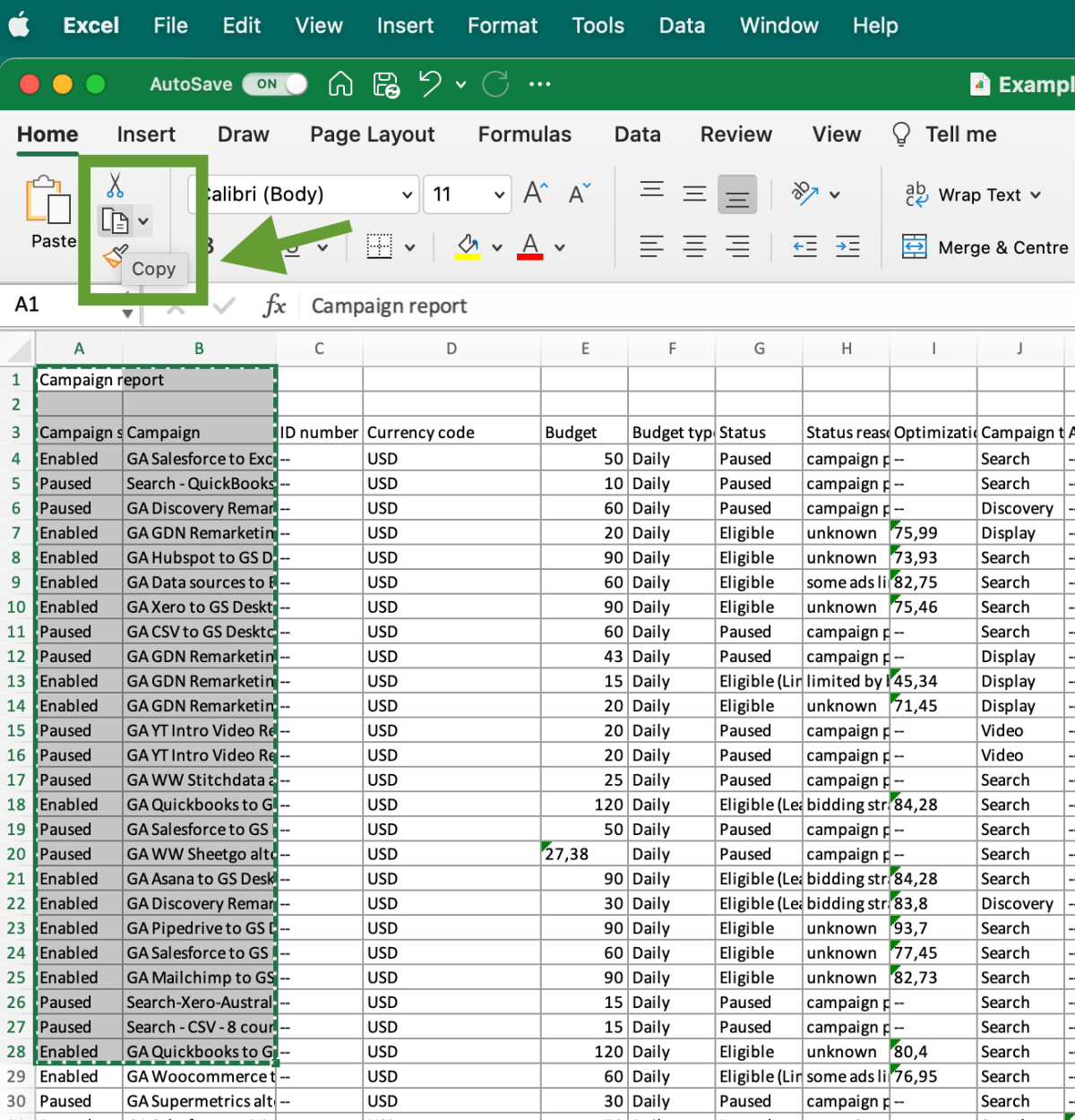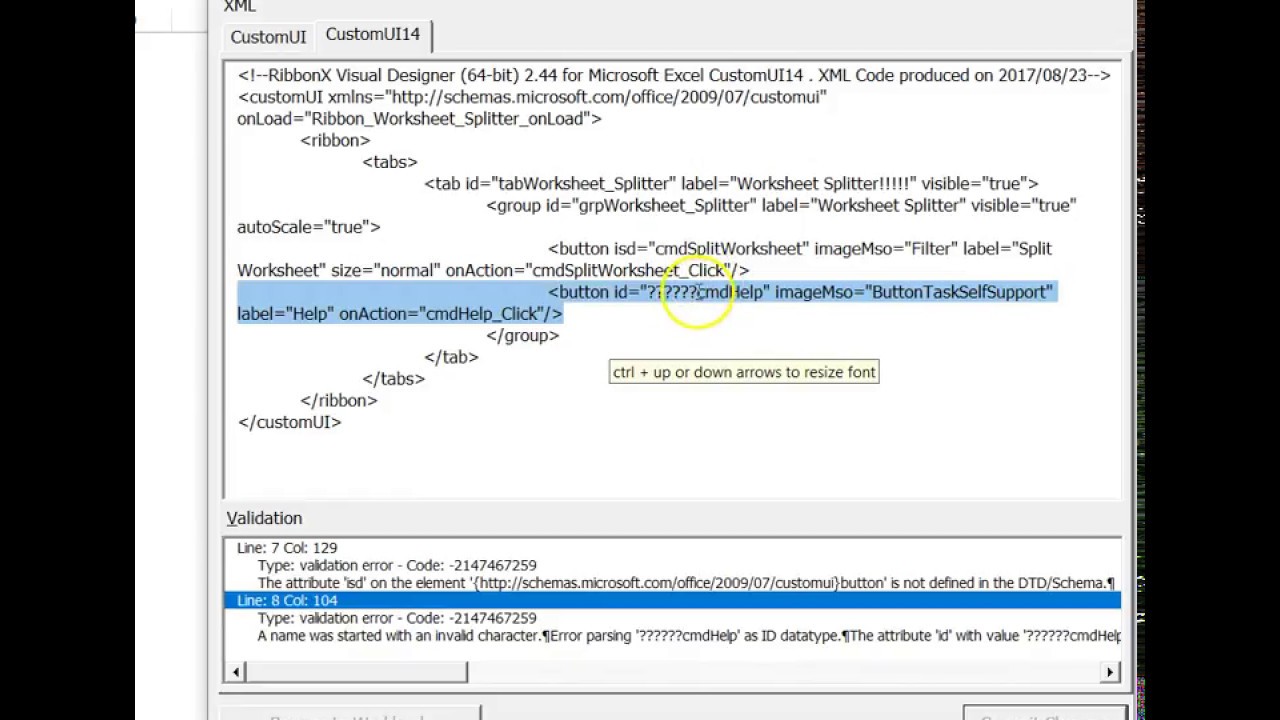Add Style with the Rounding Page Reveal
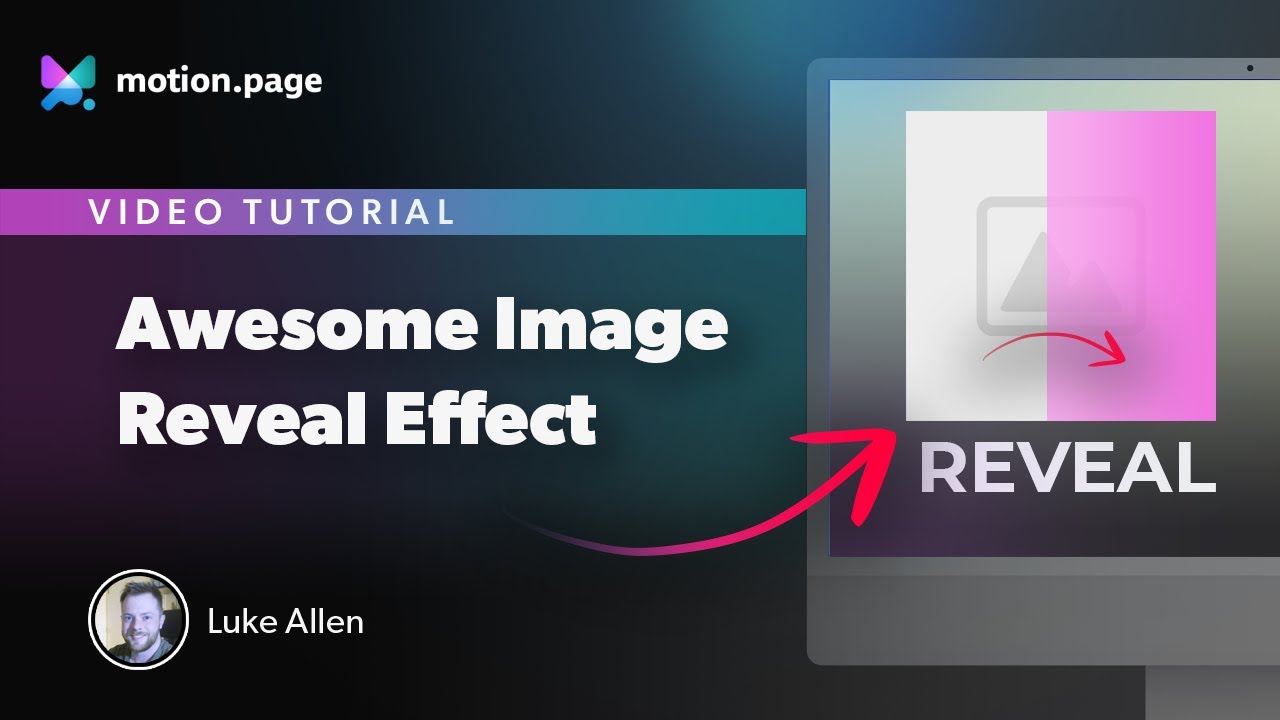
The world of web design is constantly evolving, with new trends and techniques emerging to enhance user experiences. Among these, the Rounding Page Reveal is a captivating design element that adds a touch of elegance and interactivity to websites. This technique involves creating a smooth and visually appealing transition as users navigate through web pages, leaving a lasting impression on visitors. In this article, we will delve into the intricacies of the Rounding Page Reveal, exploring its mechanics, benefits, and best practices to help you elevate your web design game.
Understanding the Rounding Page Reveal
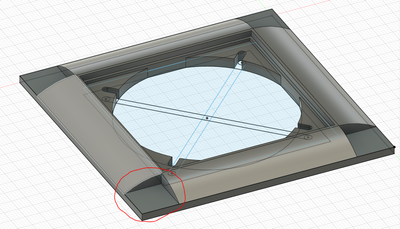
The Rounding Page Reveal is a creative approach to page transitions, where the current page gently curves and reveals the next page, creating a seamless and engaging user experience. This effect is achieved through precise CSS animations and transformations, resulting in a smooth and fluid motion as users scroll or navigate through the website. The key element of this technique is the use of rounded corners and a subtle fade-in effect, which gives the illusion of the page being “turned” or “revealed” to the user.
By implementing this design element, web designers can create a unique and memorable navigation experience. The Rounding Page Reveal adds a layer of sophistication to web interfaces, making them more visually appealing and interactive. It is particularly effective for showcasing content-rich pages, as it provides a smooth transition between different sections or articles, keeping users engaged and eager to explore more.
Benefits of the Rounding Page Reveal
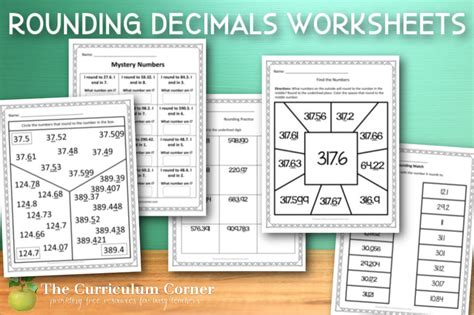
The advantages of incorporating the Rounding Page Reveal into your web design are multifaceted. Firstly, it enhances user engagement by providing a visually captivating navigation experience. The smooth and elegant transition keeps users immersed in the website, encouraging them to explore further. This effect is especially beneficial for content-heavy websites, as it breaks up the monotony of traditional scrolling and adds a layer of interactivity.
Secondly, the Rounding Page Reveal can significantly improve user retention and reduce bounce rates. By offering a unique and enjoyable navigation experience, users are more likely to stay on the website for longer periods, increasing the chances of conversion or engagement with the content. The gentle reveal of new pages creates a sense of anticipation and curiosity, keeping users invested in the website's journey.
Furthermore, this design element can be a powerful tool for storytelling and content presentation. By revealing pages in a rounded, animated fashion, designers can guide users through a narrative or showcase key information in a visually appealing sequence. This technique adds a layer of depth and emotion to the user experience, making it more memorable and impactful.
Implementing the Rounding Page Reveal
To incorporate the Rounding Page Reveal into your web design, several technical considerations and best practices should be followed. Firstly, ensure that your website’s structure is optimized for this technique. The Rounding Page Reveal works best with well-defined sections or articles, allowing for a clear transition between pages. Properly organizing your content will make the implementation process smoother and more effective.
Next, pay close attention to the CSS animations and transformations used to create the rounding effect. Precise timing and smooth transitions are crucial to achieving a seamless and polished result. Experiment with different animation durations and easing functions to find the perfect balance between a fluid motion and a visually appealing reveal.
Additionally, consider the visual elements that will be revealed as the page rounds. Ensure that the content is well-designed and visually appealing, as this technique will draw attention to the revealed elements. Use high-quality images, captivating headlines, and well-structured content to make the most of this design element and create a memorable user experience.
Lastly, test the Rounding Page Reveal on various devices and browsers to ensure compatibility and a consistent user experience. While this technique is generally well-supported across modern browsers, it's essential to check for any potential issues or discrepancies to deliver a seamless and enjoyable navigation experience for all users.
Example: Rounding Page Reveal in Action
Let’s take a look at a real-world example of the Rounding Page Reveal in action. Imagine a travel blog website where each article is presented as a unique destination. As users scroll through the homepage, the Rounding Page Reveal comes into play, gently curving and revealing the next article. The effect is subtle yet captivating, drawing users deeper into the website’s narrative.
For instance, when users reach the end of an article about a vibrant city, the Rounding Page Reveal smoothly transitions to the next article, perhaps showcasing a serene beach destination. The rounded corner and fade-in effect create a sense of continuity and flow, making the navigation experience feel more like a journey through different locations. This design element enhances the storytelling aspect of the website, leaving users eager to explore more destinations and immerse themselves in the travel experience.
Best Practices for an Impressive Rounding Page Reveal
To ensure that your implementation of the Rounding Page Reveal is impressive and effective, consider the following best practices:
- Balance Animation Durations: Find the perfect timing for your animations to create a fluid and natural transition. Too fast, and it may feel rushed; too slow, and it could disrupt the user's flow.
- Use Easing Functions Wisely: Choose appropriate easing functions for your animations to create a smooth and organic motion. Ease-in and ease-out effects can add a touch of realism to the rounding reveal.
- Optimize for Mobile: Ensure that the Rounding Page Reveal is responsive and performs well on mobile devices. Test the effect on different screen sizes and orientations to deliver a consistent user experience.
- Consider Accessibility: Keep accessibility in mind when implementing this design element. Ensure that the transition is not disruptive to assistive technologies and provides a clear indication of the page change for all users.
- Test and Iterate: Continuously test and refine your implementation. Gather user feedback and analytics to improve the Rounding Page Reveal's effectiveness and ensure it aligns with your website's goals.
Conclusion

The Rounding Page Reveal is a powerful tool in the web designer’s arsenal, offering a unique and engaging way to enhance user experiences. By understanding its mechanics, benefits, and best practices, you can incorporate this technique into your web designs, leaving a lasting impression on your audience. Remember to prioritize a seamless and fluid transition, well-designed content, and a thoughtful implementation process to make the most of this captivating design element.
Frequently Asked Questions
Is the Rounding Page Reveal suitable for all types of websites?
+While the Rounding Page Reveal can be a powerful tool, it may not be suitable for every website. It works best for content-rich websites with well-defined sections or articles. E-commerce stores or single-page websites may not benefit as much from this technique.
How can I ensure smooth animations on different devices and browsers?
+To ensure smooth animations, it’s crucial to test your implementation on various devices and browsers. Use browser compatibility tools and emulate different devices to identify any potential issues. Additionally, consider using polyfills or fallback animations for older browsers.
Can I combine the Rounding Page Reveal with other design elements?
+Absolutely! The Rounding Page Reveal can be combined with other design elements to create a unique and personalized user experience. Consider integrating it with parallax scrolling, video backgrounds, or interactive elements to enhance the overall design and engagement.
